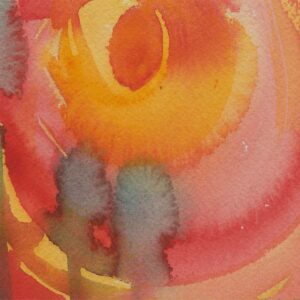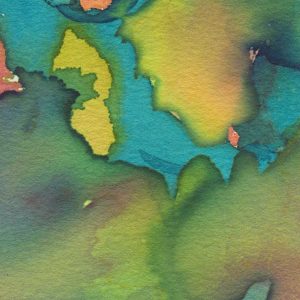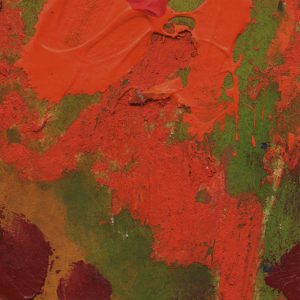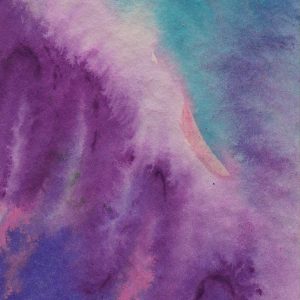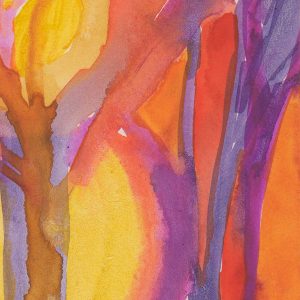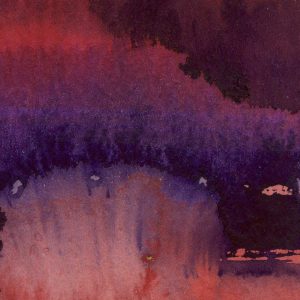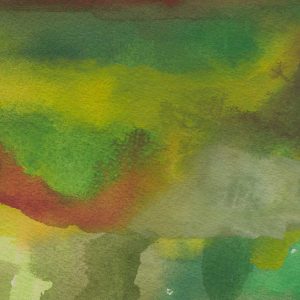Topics Archive
Craniosacral
A reader asked about the terms Cranial Wave, Fluid Tide, and Long Tide. Biodynamic Craniosacral Work typically uses these terms to describe three subtle motions, which we feel in or around the body. I use them in a more wide-ranging context. Yes, they are the foundation of Biodynamic practice. But I actually understand them as…
A student recently asked, What does it mean to progress on the Biodynamic path? There are many elements to mastery in our field. In the first phase of our education, we learn to reliably perceive and engage the four building blocks of the Ascending Current: Cranial Wave, Fluid Tide, Long Tide, and the Dynamic Stillness.…
Biodynamic Craniosacral Work introduces us to four qualities of body: Neutral (Tissue), Fluid Tide (Fluid), Long Tide (Potency), and Dynamic Stillness (the non-physical dimension). Do these four universal expressions of embodiment represent something that everyone can enjoy? Or are they evolutionary steps that require a leap of consciousness? To both of these seemingly opposite questions…
The empath is a channel of non-ordinary perception, in which your own body’s signals reliably reflect what’s happening in your client’s body. I first learned about this channel from Hugh Milne. For years, I looked to the empath channel as a primary source of information about my client’s experience. My right leg tingled or ached;…
We say we aren’t the ones conducting the treatment. We defer to a therapeutic agency more potent than our own will. Yet our education teaches us to follow the narrative arc of a session and to discern its features. “Is this a Neutral or a Stillpoint?” “Is this the Fluid Tide or the Long Tide?”…
One of the most confusing elements of biodynamic training is the emphasis on non-doing. Does this mean that our clients visit us in a professional setting, seek good care, pay us money…and yet we do not seek a favorable outcome to their clinical issue? Absolutely not! Let’s explore what it means not to have an…
“That was so relaxing,” or “That felt good, but I can’t put into words what happened. It was just very quiet.” Are your biodynamic clients prone to vagueness? Awareness of what has shifted helps my clients appreciate and maintain the changes they have achieved in the session. In this post I explore two ways that I help…
Lucky for us, Biodynamics doesn’t rely on the practitioner having it all together. Instead, the work depends on the quality of our Neutral. Neutral simply means we are receptive to health. In a Neutral, we are free to shift in response to Primary Respiration. Being in Neutral is not an indication that we have achieved…
Sell your cleverness and buy bewilderment. (13th century poet and mystic Jalāl al-Dīn Muḥammad Rūmī, also known as Rumi) I find that when I am trying to solve a problem with my mind, or I’m uneasy about not performing well, I retreat to trying to make something happen. It’s especially easy to see this in…
Whatever inspiration is, it’s born from a continuous I don’t know. (Polish poet Wisława Szymborska) The Biodynamic paradigm expresses our essential clinical inability to be certain. The paradox is that the more we lean into uncertainty, the more successful our work becomes. The Biodynamic practitioner acknowledges that our mind doesn’t know with certainty what is…
